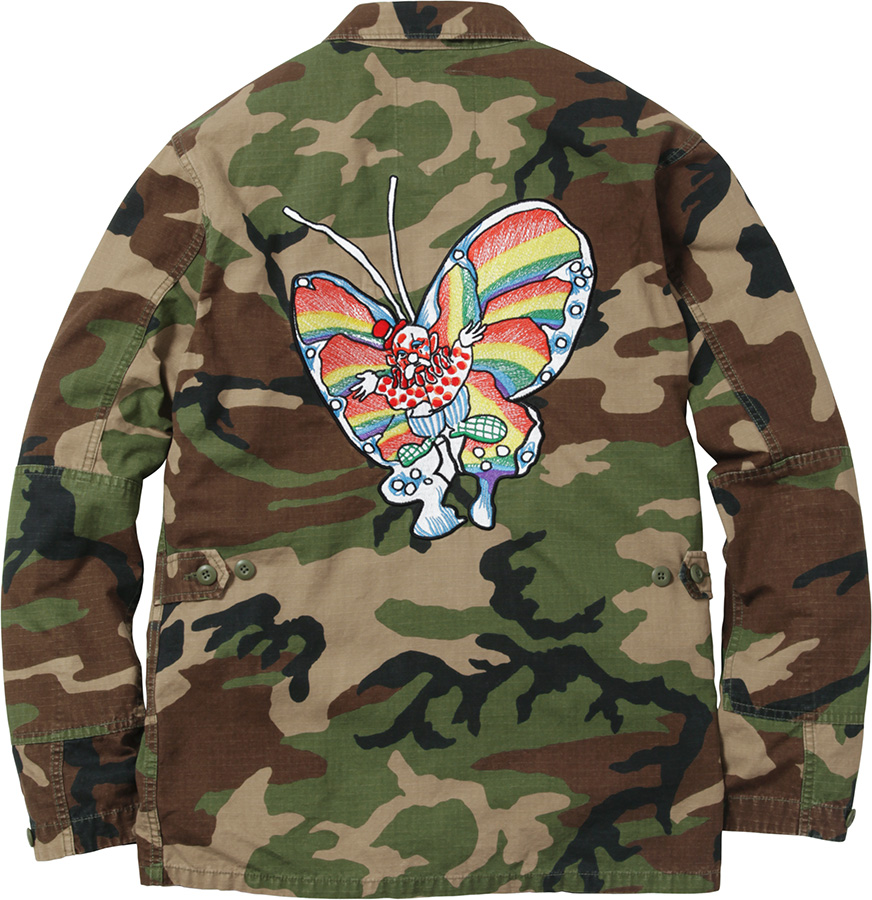
We built our Blacklight forensic privacy scanner, for instance, so that all the user has to do is submit a URL to our tool, and then we run privacy tests on the website from a browser running in the cloud.

When we build tools for the public, we also try to protect the privacy of users of those tools. We delete the raw data soon after it is anonymized. But because this data is so sensitive, we designed a method of redacting all the personal information-ranging from users’ names to photos to chats and comments from their friends-before we can even see the data. We have just launched a study with Mozilla that will, with users’ permission, collect info from sites that users visit on the web.Īnd in every case, we work hard to protect the privacy of people whose personal data is not relevant to our investigation while exposing the data that the public needs to see.įor our Citizen Browser project, we built a tool that collects data from participants’ Facebook news feeds in order to reveal how Facebook’s algorithms decide to amplify content. We built a tool that collects data from people’s Facebook accounts. We peek inside website plumbing to expose privacy violations. We scrape publicly available internet sites. We rarely stake out people at home.īut we do collect a lot of data that can be personally revealing. We chase very few politicians down hallways. And there are photos that nobody really needs to see.Īt The Markup, we don’t do a lot of the traditionally invasive types of journalism. There are photos that the public needs to see to understand the wars they are funding or the suffering that government policies are promoting. Of course, ethically, journalists should only do these things when they serve the public interest.

They take photos of people at the worst moments of their lives. They publish public records that contain information about individuals or their correspondence. Journalists routinely show up at people’s homes or call people’s relatives when they are trying to get someone to talk to them. And that can mean that journalists go to great lengths to see things that others are trying to keep private. A journalist’s job is to bear witness on behalf of a public that would not otherwise be able to see what the journalist sees. Their proposal to criminalize invasions of privacy never went anywhere, but the tension Warren and Brandeis called out is real. Brandeis argued that because “the press is overstepping in every direction the obvious bounds of propriety and of decency,” courts should acknowledge a “general right of the individual to be let alone.” Warren and future Supreme Court justice Louis D. In that law review essay, “The Right to Privacy,” Boston lawyers Samuel D. Indeed, many of today’s privacy debates trace their lineage to a famous 1890 Harvard Law Review article decrying how “nstantaneous photographs and newspaper enterprise have invaded the sacred precincts of private and domestic life.” When I first started investigating the commercial surveillance industry (aka the online advertising industry that relies on stalking people to monitor their behavior), I remember one of my newsroom colleagues taking me aside and saying, “You know that stronger privacy rules don’t help journalists, right?” But it would be naive to ignore the fact that privacy and journalism can sometimes be in conflict.

The Markup is committed to both protecting the privacy of our readers and to publishing hard-hitting investigative journalism.


 0 kommentar(er)
0 kommentar(er)
